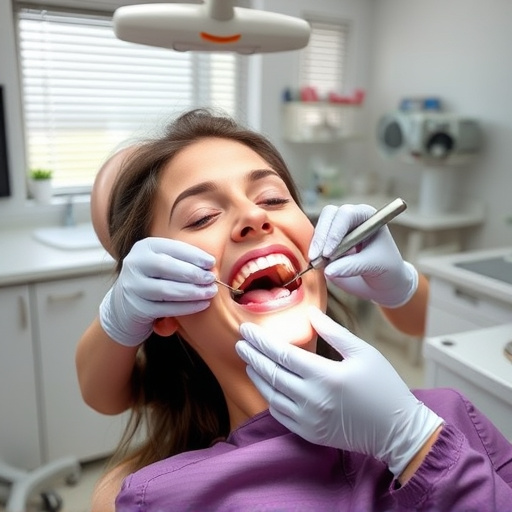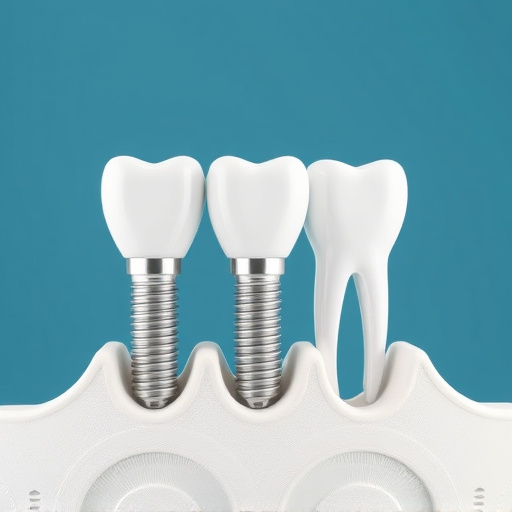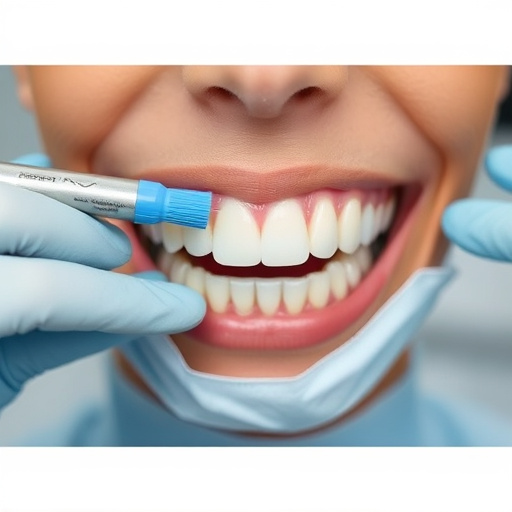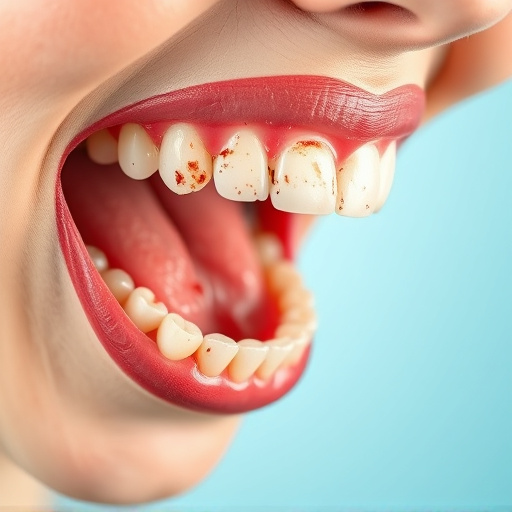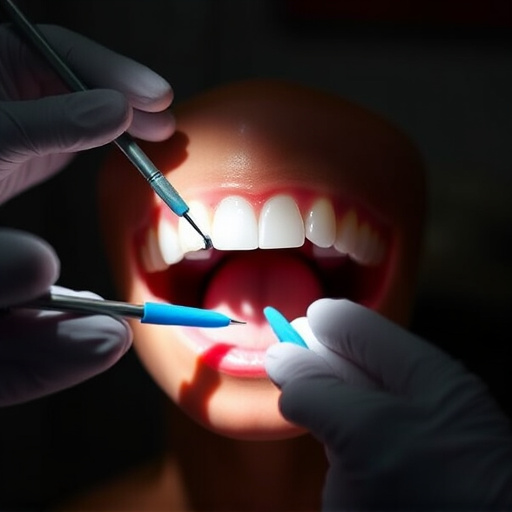Handicap accessible dental clinics offer tailored care for diverse patients, incorporating features like wide entrances and low counters. They provide low-stimulation areas to reduce anxiety, catering to those with sensory sensitivities, including autism. These clinics offer comprehensive services from routine cleanings to advanced dentistry, improving oral health for all, especially previously anxious patients. Despite challenges, their inclusive approach enhances accessibility and contributes to a more equitable healthcare system.
In today’s inclusive world, handicap accessible dental clinics are becoming the norm, ensuring everyone receives quality oral care. This article explores the significance of designing handicap accessible dental practices with low-stimulation areas, catering to diverse patient needs. We delve into understanding the unique requirements of such clinics, offering insights on creating environments that foster comfort and confidence. Additionally, we discuss the benefits and challenges of providing inclusive dental care, highlighting the importance of these adaptations in modern dentistry.
- Understanding Handicap Accessible Dental Clinics
- Designing Low-Stimulation Areas for Dental Practices
- Benefits and Challenges of Inclusive Dental Care
Understanding Handicap Accessible Dental Clinics
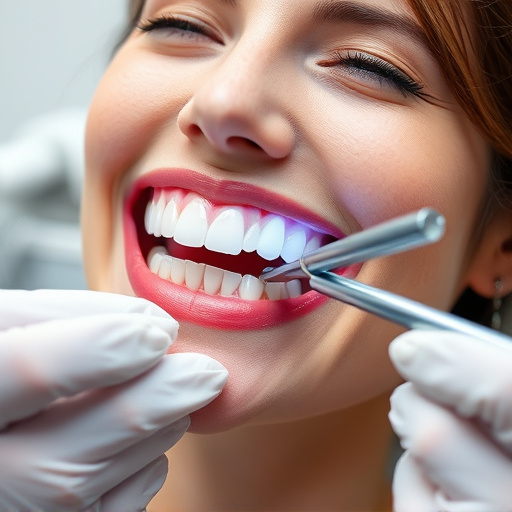
Handicap accessible dental clinics are designed to cater to patients with diverse needs, ensuring that everyone receives quality dental care. These clinics incorporate features like wide entrances, low counters, and specialized equipment to accommodate individuals with physical disabilities or sensory sensitivities. By creating low-stimulation areas within their facilities, they offer a more comfortable and less overwhelming environment for those who may experience anxiety or distress during dental visits.
Understanding the importance of accessibility, many modern family dentistry practices now offer a range of services, from routine dental cleanings to advanced cosmetic dentistry, all tailored to meet the unique requirements of handicap accessible dental patients. This inclusive approach not only improves oral health but also enhances overall well-being by reducing barriers to essential healthcare services.
Designing Low-Stimulation Areas for Dental Practices
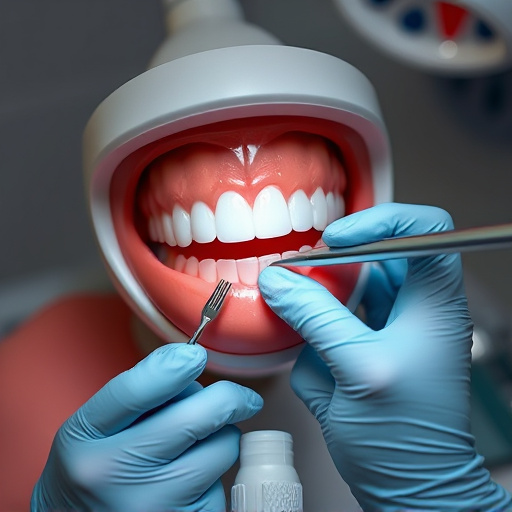
Creating low-stimulation areas within dental clinics is a thoughtful design approach to cater to patients with sensory sensitivities or specific needs, ensuring a more comfortable and accessible environment for all. These spaces are meticulously planned to reduce potential triggers that may cause anxiety or distress during dental procedures. By incorporating calm and peaceful elements, such as soothing lighting, soft textures, and minimal noise, these areas provide a sanctuary for individuals who might otherwise feel overwhelmed in a typical dental setting.
Handicap accessible dental practices recognize the importance of catering to diverse patient needs, including those with sensory processing disorders or autism spectrum disorder. Low-stimulation areas can accommodate various treatments, from routine teeth cleaning and cosmetic fillings to more extensive procedures. This inclusive design not only enhances patient care but also encourages a positive association with dental visits, fostering better oral health for all, especially those who might have previously avoided or delayed necessary dental care due to anxiety or sensory issues.
Benefits and Challenges of Inclusive Dental Care
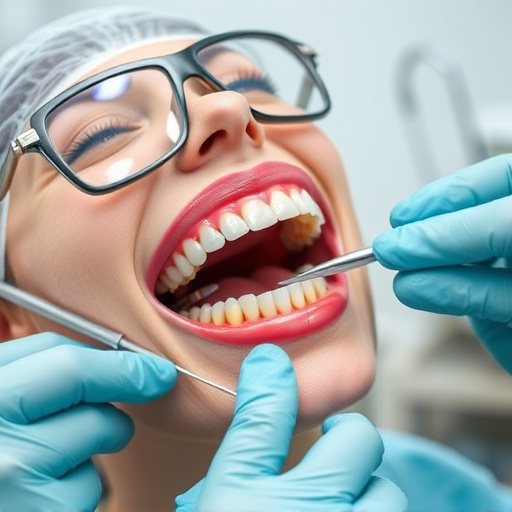
Handicap accessible dental clinics with dedicated low-stimulation areas offer a crucial service by providing inclusive care for all patients, regardless of their physical abilities. This approach has numerous benefits, including improved patient comfort and satisfaction, as well as enhanced accessibility to essential dental services for those who might otherwise face barriers. By creating calming, adaptable environments, these clinics cater to individuals with sensory sensitivities, mobility issues, or other disabilities, ensuring they receive the same quality of care as their able-bodied counterparts.
However, implementing inclusive dental care also presents challenges. Clinics must invest in specialized equipment and design adaptations, such as adjustable chairs, noise reduction measures, and sensory-friendly tools, which can be costly. Additionally, training staff to accommodate diverse patient needs is essential but requires time and resources. Balancing the need for a peaceful atmosphere with maintaining a functional workflow requires careful planning. Despite these challenges, the benefits of handicap accessible dental care far outweigh the obstacles, contributing significantly to a more equitable and comprehensive dental healthcare system that serves all members of society, including those with special requirements.
Handicap accessible dental clinics, equipped with low-stimulation areas, represent a significant step towards inclusive dental care. By understanding the unique needs of patients with sensory sensitivities and implementing thoughtful design strategies, dental practices can create welcoming environments for all. While challenges exist, the benefits of providing comprehensive, comfortable, and accessible services to every patient are undeniable. Embracing these principles fosters a more inclusive dental landscape, ensuring that everyone receives the quality care they deserve.




